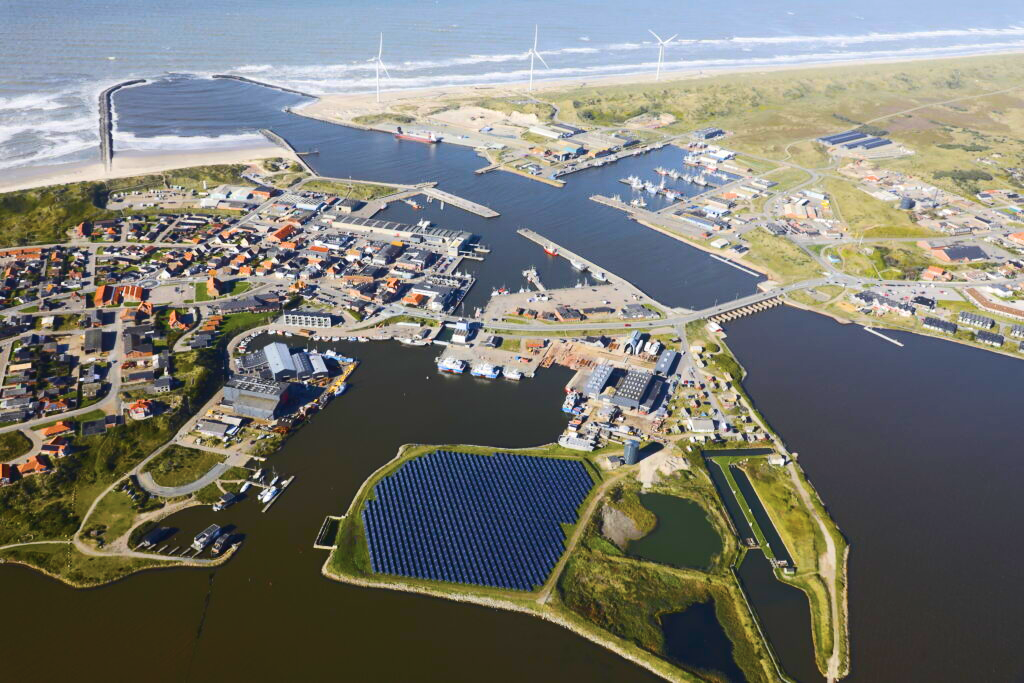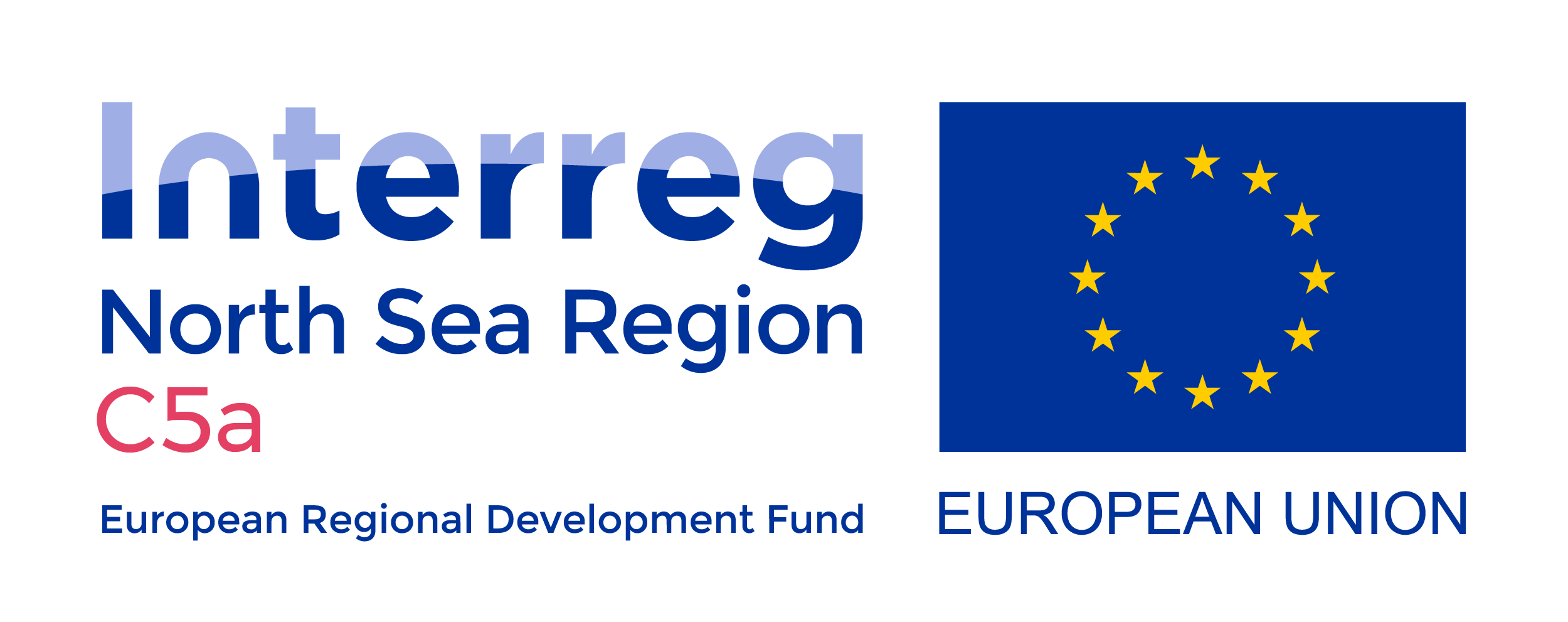Vi använder cookies för att webbplatsen ska fungera på ett bra sätt för dig. Genom att surfa vidare godkänner du att vi använder cookies.
Ringkøbing fjord
- Location: Westcoast of Jutland, Denmark
- Case Study Lead: Kystdirektoratet - Danish Coastal Authority
- Constituent Systems: Catchment, city, infrastructure networks and coast
What is your case study about?
Ringkøbing-Skjern, the largest municipality in Denmark, is surrounded by abundant waters, from the North Sea, Ringkøbing Fiord and Skjern River to a high groundwater table in larger areas. Whilst flood risks are to be handled by landowners, they are often unaware of this responsibility and the different sources of flooding. The municipality tries to help in different ways, but how and when?
The Ringkøbing-Skjern case focused mainly on the municipality and landowners on the low-lying land around the Ringkøbing Fiord, and how flood risk can be managed. One day meetings have been organized with a focus on what can landowners do themselves. The planned bigger workshops had to be turned into an online survey amid the Covid-19 pandemic. The results show that landowners are only interested in the lately flooding from groundwater, and the municipality has an informal adaptation plan, which will be adopted into formal output as part of the DK2020 project. Danish Coastal Authority (DCA) also supported a guide to the municipality on managing floods based on the Cloud-2-Coast approach.
Which pillars have you focused on and why? How do you assess the pillars?
The case focuses on the whole system approach by including the whole watershed which covers eight municipalities. This is vital for developing sustainable solutions in a changing climate and towards a world with a broader focus, such as the United Nations Sustainable Development Goals (UN SDGs).
An inclusive approach is another pillar implemented in the case. However, it has been challenging to make each landowner aware and build capacity into the society. Different solutions have been assessed, but the Covid-19 pandemic has made them unrealistic to implement within the project period, which would require a sustained process. Nevertheless, the DCA have had an inclusive process and fruitful discussions with the municipality and has taken the findings further into the governmental work on a climate adaptation plan, which would also engage in the DK2020 process until mid-2022.


What have been the benefits of applying those pillars?
The benefits have been fulfilling the climate adaptation needs of the municipality by including the stakeholders, managing flood risks and developing a tested guide available for other municipalities in Denmark. By applying the whole system approach, it has also been beneficial that we have been able to assess the awareness and willingness to manage the risk of flooding. The remaining challenge is to consider the complex structure of the responsible stakeholders to address significant challenges of climate change in the near future.
Ringkøbing is a good case for us to investigate which types of measures can be of use in several areas not just for one water issue, it is the first time we are looking at these issues with a whole system perspective including all four different sources of water.
Per Sørensen




